How 3D Scanners Are Changing Manufacturing, Design & Healthcare
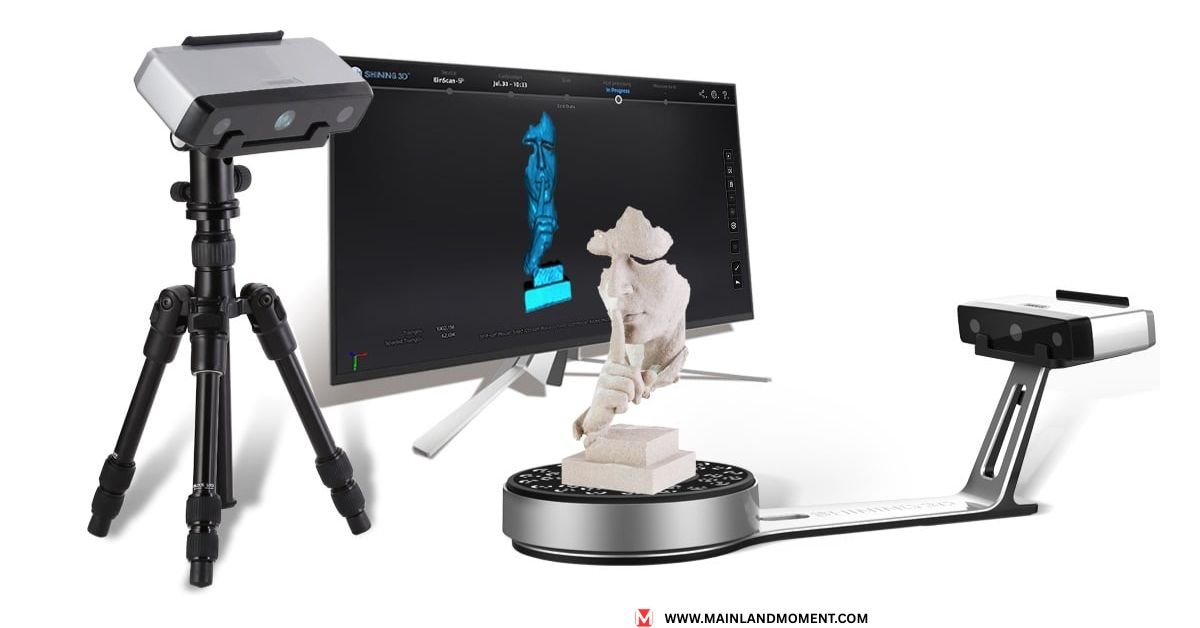
3D scanner technology has quietly become one of the most transformative tools across multiple industries. From creating perfect prosthetics to revolutionizing car manufacturing, these devices are reshaping how we capture, analyze, and recreate the world around us.
You might think 3D scanning technology sounds complicated, but it’s becoming more accessible than ever. Companies are using handheld devices to inspect airplane parts with incredible accuracy. Doctors are creating custom implants that fit patients perfectly. Even small businesses are using affordable scanners to boost their design processes.
This comprehensive guide explores everything you need to know about modern 3D scanners and their real-world applications. We’ll cover the best devices available, compare different technologies, and show you exactly how these tools are changing entire industries.
What Is a 3D Scanner & How Does It Work in 2025?
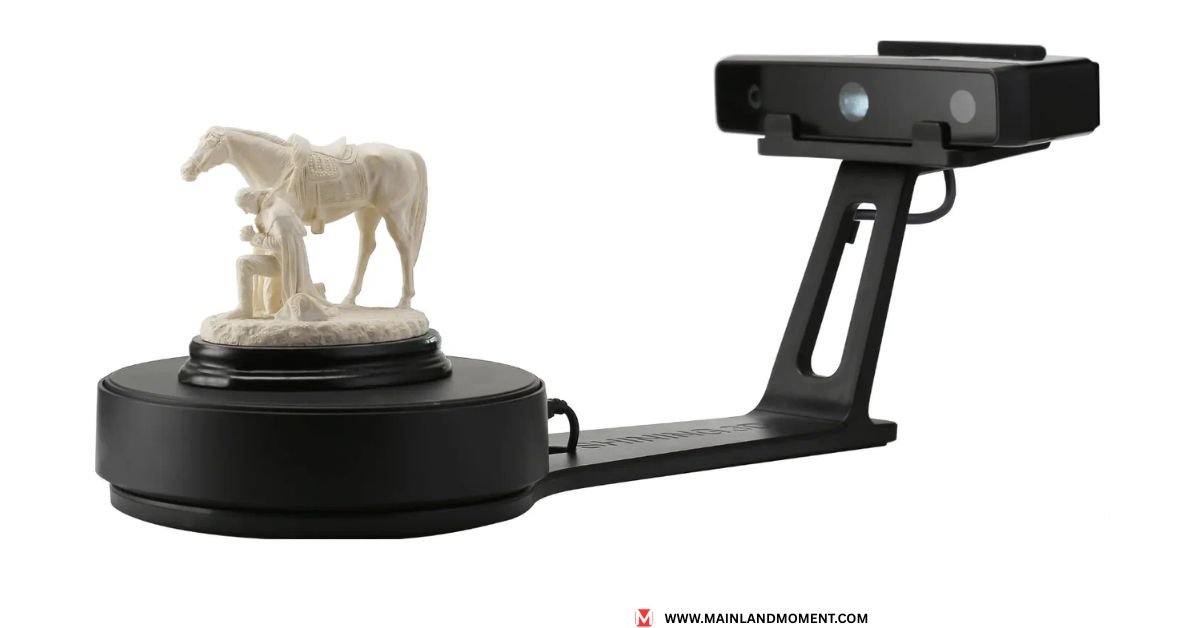
A 3D scanning device captures the physical shape and appearance of real-world objects, converting them into digital models. Think of it as a super-smart camera that records depth, texture, and precise measurements instead of just flat images.
Modern scanners use several core technologies to achieve this objective of digitization:
Photogrammetry takes hundreds of photos from different angles. Software then analyzes these images to calculate distances and create detailed 3D models.
Structured light scanning projects patterns onto objects. The scanner measures how these patterns bend and distort to calculate exact surface details.
Laser scanning uses precise laser beams to measure distances. This creates incredibly accurate point cloud data that forms the foundation of digital models.
LiDAR technology combines laser pulses with advanced sensors. It’s particularly effective for large-scale scanning projects like buildings or entire landscapes.
Laser scanning uses precise laser beams to measure distances. This creates incredibly accurate point cloud data that forms the foundation of digital models.
LiDAR technology combines laser pulses with advanced sensors. It’s particularly effective for large-scale scanning projects like buildings or entire landscapes.
Top 3D Scanners You Can Rely On This Year

Choosing the best 3D scanner in 2025 depends on your specific needs and budget. Here’s what works in real-world applications:
Professional Industrial Champions
The Artec Eva remains the gold standard for professional applications. This handheld 3D scanner delivers 0.1mm accuracy with incredible ease of use. Manufacturing companies rely on it for quality control, while healthcare providers use it for custom prosthetics.
EinScan Pro HD offers exceptional versatility with four different scanning modes. Whether you need handheld portability or desktop precision, this industrial 3D scanner adapts to your workflow. Its high-resolution scan capabilities make it perfect for detailed reverse engineering projects.
FARO Focus S 350 dominates large-scale applications. This laser scanning powerhouse captures entire buildings or industrial sites with millimeter precision. Construction and surveying professionals consider it essential equipment.
Budget-Conscious Performers
The Revopoint Mini 2 proves that affordable 3D scanner options can deliver serious results. Recent updates have addressed previous limitations, making it reliable for small businesses and hobbyists.
3DMakerpro Mole excels at small-to-medium objects with consistent accuracy. Its user-friendly software makes it an excellent choice for those new to 3D scanning technology.
| Scanner | Price Range | Best For | Accuracy |
|---|---|---|---|
| Artec Eva | $19,800+ | Professional/Medical | 0.1mm |
| EinScan Pro HD | $5,999 | Versatile Professional | 0.05mm |
| FARO Focus S 350 | $150,000+ | Large Scale Industrial | 1mm |
| Revopoint Mini 2 | $549 | Small Business/Hobby | 0.02mm |
| 3DMakerpro Mole | $399 | Entry Level Professional | 0.05mm |
Healthcare-Specific Solutions
Medical applications require specialized scanners that meet strict safety and accuracy standards. Creaform’s Healthcare Partner delivers exceptional results for orthotics, prosthetics, and podiatry applications. Its depth-sensing technology captures precise body measurements while ensuring patient comfort.
These medical-grade devices often include features like:
- Antimicrobial coatings for hygiene
- Ergonomic designs for patient comfort
- HIPAA-compliant data handling
- Real-time feedback for optimal positioning
3D Scanner vs. 3D Printer: What's the Real Difference?
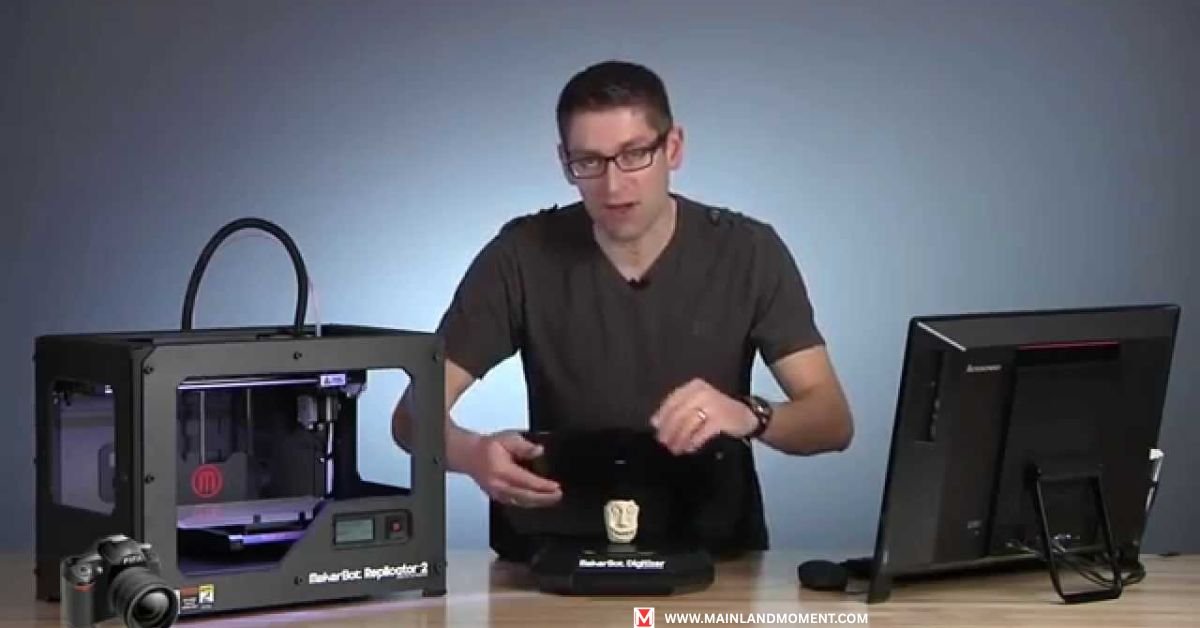
Many people confuse these technologies, but they serve opposite functions in the digital manufacturing workflow. Understanding their relationship helps you make better equipment decisions.
A 3D scanner captures existing objects and converts them into digital models. It’s an input device that brings physical items into the digital world. The process involves surface mapping and creating detailed CAD modeling files.
A 3D printer takes digital files and creates physical objects. It’s an output device that brings digital designs into the physical world.
How does a 3D scanner work with 3D printing? The combination creates powerful workflows:
Reverse engineering starts with scanning existing parts. Engineers analyze the digital model, make improvements, and then print updated versions. This process cuts development time from months to weeks.
Quality control uses scanners to verify that printed parts match their digital designs. Manufacturers scan finished products and compare them against the original specifications, automatically catching defects.
Custom manufacturing leverages both technologies. A 3D scanner for a 3D printing workflow can scan a patient’s limb, design a custom brace, and then print it to achieve the perfect fit.
The investment priority depends on your goals. Scanners excel at capturing existing designs and measurements. Printers excel at creating new objects. Most successful operations eventually need both.
Why 3D Scanners Are Game Changers in 2025
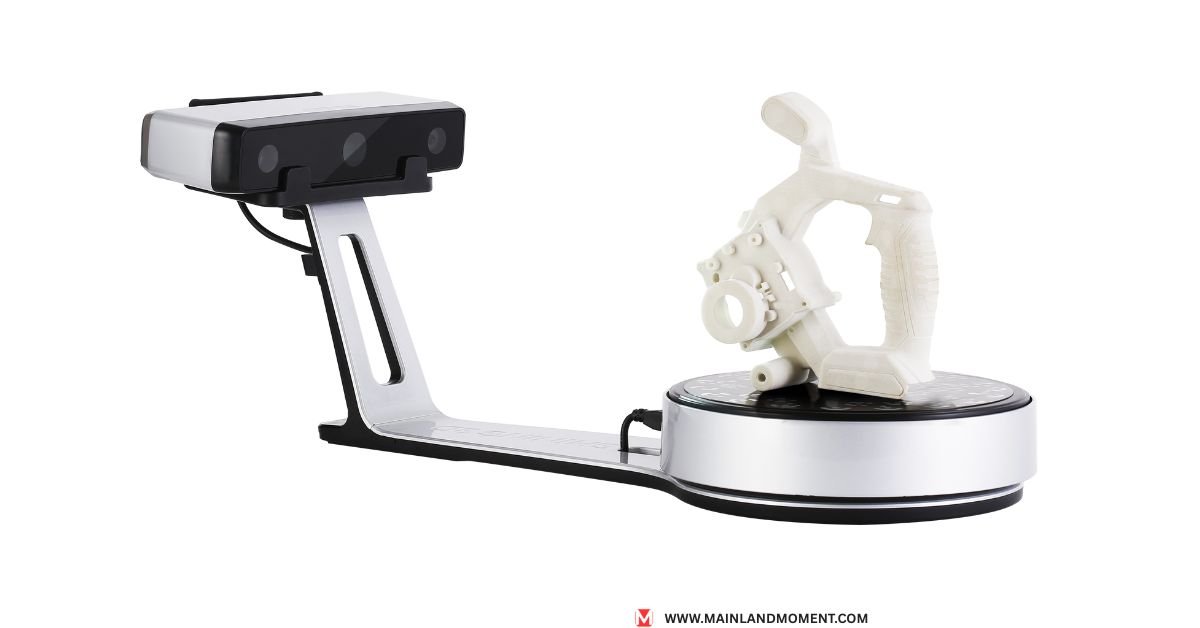
The benefits of using a 3D scanner extend far beyond simple measurement. These devices are fundamentally changing how industries operate.
Manufacturing Revolution
Quality control automation has reduced inspection time by 75% in many facilities. Instead of manual measurements that take hours, scanners capture complete part geometry in minutes. AI-powered analysis immediately identifies defects and dimensional variations.
Reverse engineering tools are accelerating product development cycles. Companies scan competitor products, analyze their design principles, and then create improved versions. This process previously required expensive tooling and lengthy measurements.
Digital twin creation enables predictive maintenance. Manufacturers scan equipment regularly, tracking wear patterns and predicting failures before they occur. This prevents costly downtime and extends equipment life.
Healthcare Breakthroughs
Patient-tailored solutions are becoming standard practice. Surgeons scan patients before operations, creating precise 3D models for planning. This reduces surgery time and improves outcomes significantly.
Prosthetics manufacturing has been revolutionized. Traditional casting methods were uncomfortable and time-consuming. Modern 3D imaging captures precise measurements in minutes, creating perfectly fitted devices.
Telemedicine applications are expanding specialist access. Remote clinics can scan patients and transmit data to specialists anywhere in the world. This democratizes access to expert care in underserved areas.
Design Industry Transformation
Concept-to-prototype timelines have shrunk dramatically. Designers scan inspiration objects, modify them digitally, and then print prototypes within hours. This iterative process accelerates innovation across all design disciplines.
Cultural heritage preservation uses 3D model scanner technology to create permanent digital archives. Museums scan artifacts, creating detailed records that survive physical damage or loss. These digital collections enable virtual exhibitions worldwide.
Architecture and construction documentation achieve new levels of accuracy. Laser scanning entire buildings creates precise as-built models. These help architects plan renovations and contractors estimate materials accurately.
How to Choose the Right 3D Scanner for Your Needs
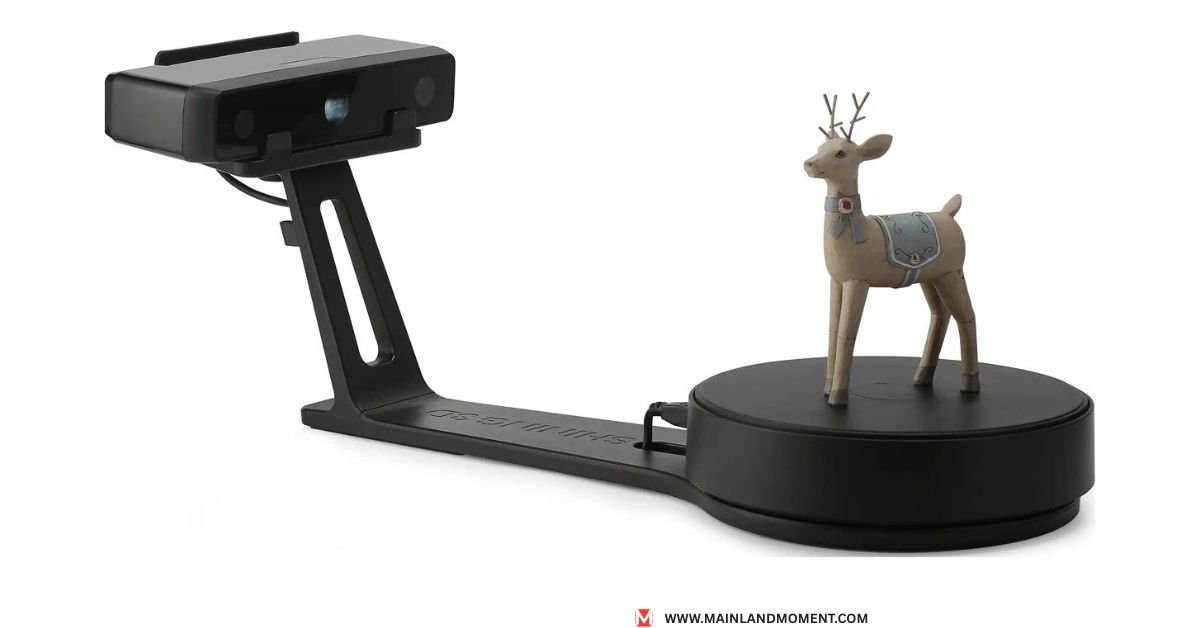
What is the best 3D scanner for home use depends entirely on your specific applications. Start with a clear understanding of your requirements before evaluating options.
Application-First Decision Framework
Object size determines scanner categories. Small jewelry requires different technology from large automotive parts. Handheld scanners work well for medium objects, while desktop units excel at small, detailed items.
Accuracy requirements must match budget reality. Manufacturing applications often need 0.1mm precision, while conceptual design work can accept 1mm accuracy. Higher precision costs significantly more.
Environmental conditions affect technology choice. Outdoor scanning requires different capabilities than controlled indoor environments. Lighting conditions, temperature, and vibration all impact scanner performance.
Technical Specifications That Matter
Resolution and accuracy aren’t the same thing. Resolution refers to how many data points the scanner captures. Accuracy measures how closely those points match reality. You need both for quality results.
Scan to CAD workflow compatibility matters more than raw specifications. The best scanner integrates smoothly with your existing software and processes. Check compatibility before purchasing.
Color capture becomes important when appearance matters. Product design and heritage preservation benefit from accurate color reproduction. Industrial applications often skip this feature to reduce costs.
Budget Allocation Strategy
Initial purchase represents only part of the total ownership costs. Training, software licenses, and maintenance contracts add significant expenses. Calculate the complete investment before deciding.
Where to buy a 3D scanner affects support quality. Authorized dealers provide training, warranty service, and technical support. Direct purchases might save money initially, but cost more long term.
Upgrade paths deserve consideration. Technology evolves rapidly, so choose vendors with clear upgrade options. This protects your investment as capabilities improve.
Future of 3D Scanning: Trends You Can't Ignore
Applications of 3D scanning in 2025 continue expanding as technology becomes more accessible and powerful. Several trends are reshaping the entire industry.
Artificial Intelligence Integration
AI improvements are dramatically using a 3D scanner for design workflows. Automated object recognition eliminates manual setup time. Intelligent algorithms optimize scan paths for complete coverage with minimal effort.
Post-processing automation reduces skill requirements. Previous generations required expert knowledge to clean and process scanned data. Modern systems handle most tasks automatically, making 3D scanning technology accessible to non-experts.
Real-time quality feedback occurs during scanning. Instead of discovering problems after completion, users get immediate warnings about incomplete coverage or quality issues.
Enhanced Accuracy and Resolution
Nanometer-level precision is becoming commercially viable. Research applications already achieve incredible detail levels. This precision will eventually reach industrial and medical applications.
Multi-sensor fusion improves difficult surface handling. Combining different scanning technologies overcomes individual limitations. Shiny, dark, or transparent surfaces that challenged single-technology scanners now scan reliably.
3D scanner vs photogrammetry debates are becoming irrelevant as hybrid systems combine both approaches. Users get the best of both technologies in a single device.
Accessibility and Democratization
Smartphone integration makes scanning ubiquitous. Modern phones include LiDAR sensors and powerful processors. Top-rated 3D scanner reviews increasingly include smartphone-based solutions.
Cloud processing eliminates hardware limitations. Basic scanners can access advanced processing power through internet connections. This democratizes capabilities previously requiring expensive equipment.
Subscription models reduce upfront investment barriers. Instead of large capital purchases, users can access professional 3D scanner capabilities through monthly payments.
READ MORE ABOUT: Laser Scanning Technology Explained
Frequently Asked Questions
How much does a professional 3D scanner cost?
Professional scanners range from $5,000 for entry-level industrial units to over $150,000 for high-end laser systems. Most businesses find excellent value in the $10,000-$30,000 range for handheld professional scanners.
Can I use a 3D scanner with my existing CAD software?
Most modern scanners export standard file formats (STL, OBJ, PLY) that work with all major CAD programs. However, some scanners include specialized software that integrates more seamlessly with specific CAD packages.
What's the difference between handheld and desktop 3D scanners?
Handheld scanners offer portability and can capture large objects, but require steady hands and practice. Desktop scanners provide automated operation and consistent results, but limit object size to their scanning volume.
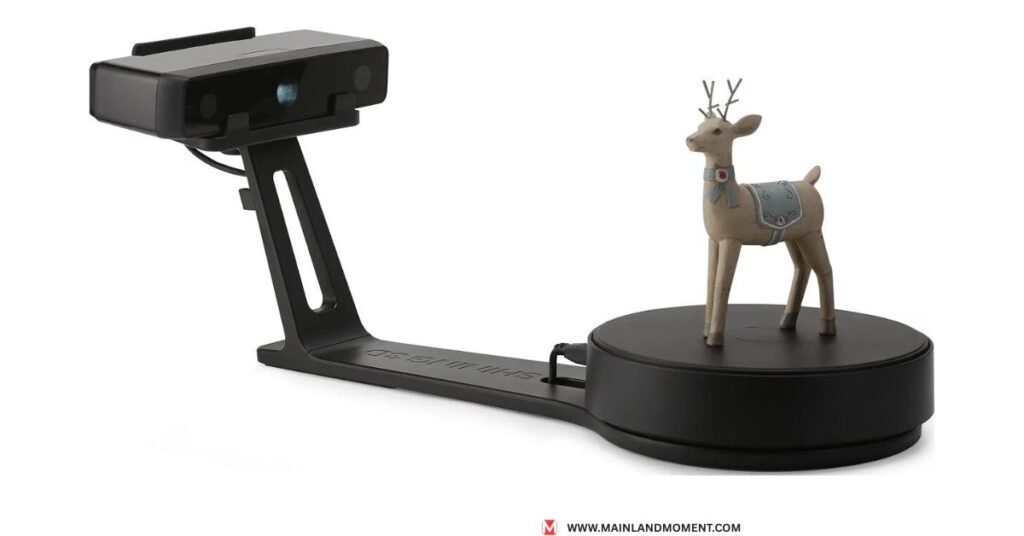


Pingback: Neural Nets Explained: How They Power AI And Deep Learning
Pingback: Apple Pen Review 2025: Features, Compatibility, And Best Uses
Pingback: Thermal Printers Explained: How They Work And Top Models To Buy - The Mainland Moment
Pingback: Infrared Thermometers: How They Work & Best Models For Home And Industrial